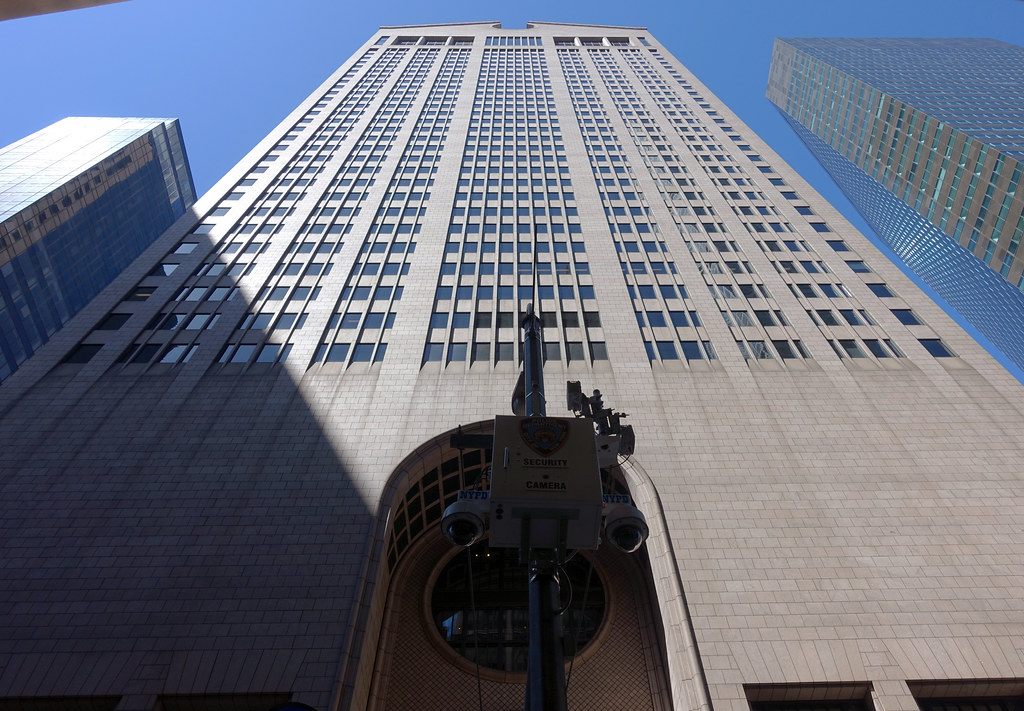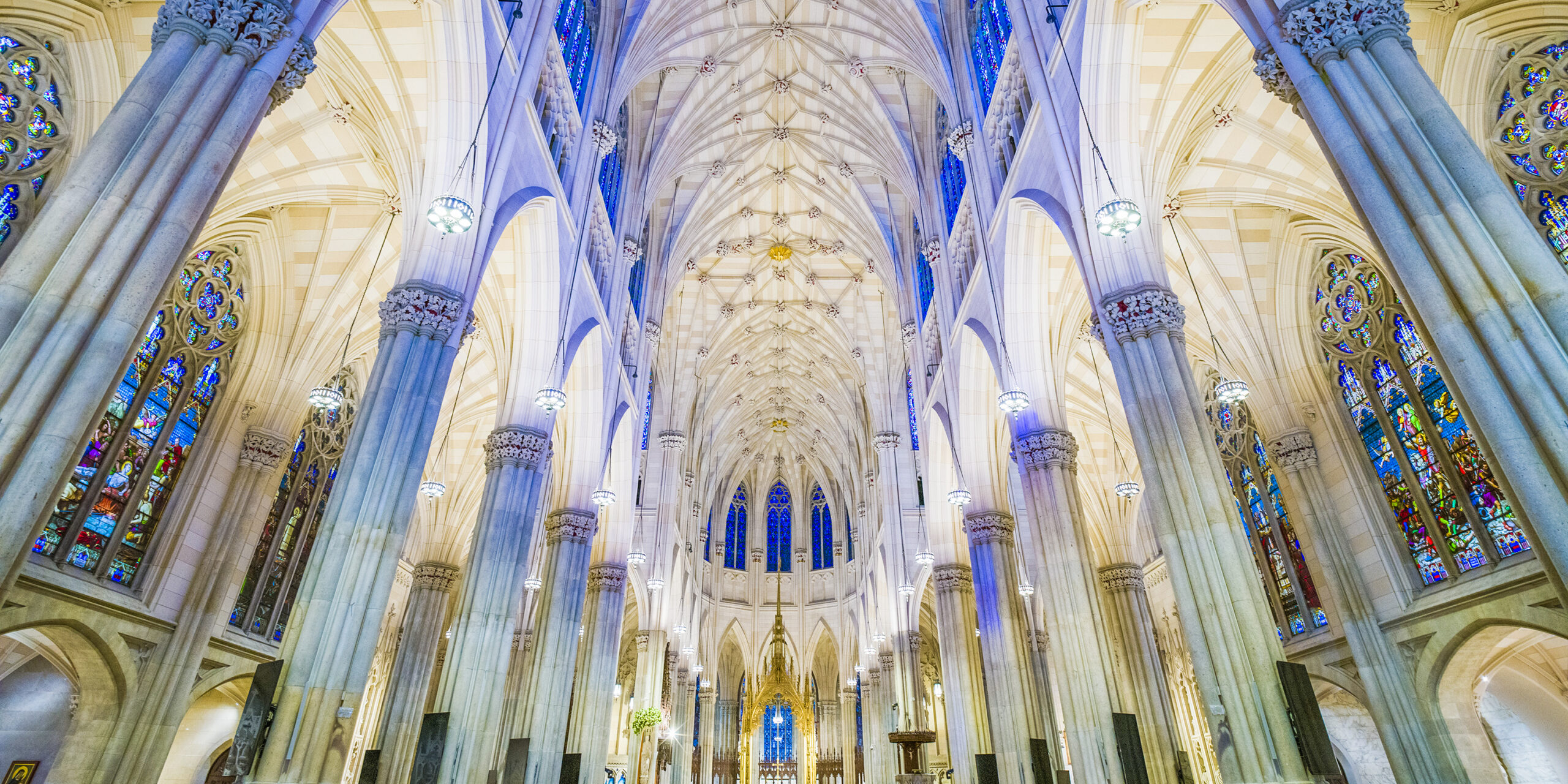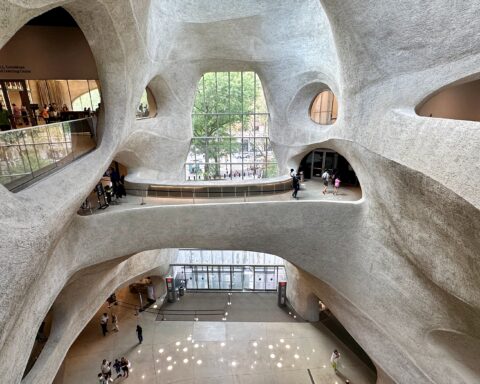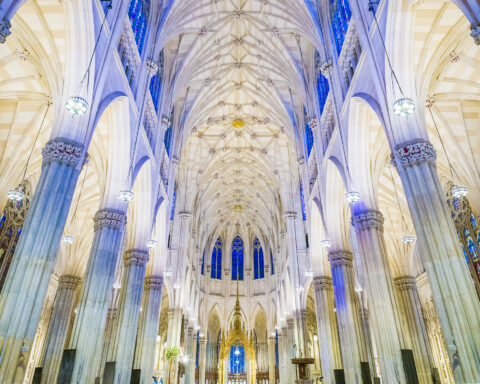Welcome to our exploration of modernism vs postmodernism architecture in New York City. This article delves into the intriguing clash between these two architectural movements and their impact on NYC’s landscape. Modernism, known for its pursuit of purity and originality, emphasizes function, simplicity, and the use of new materials. In contrast, postmodernism celebrates ambiguity and reinterpretation, blending traditional elements with contemporary techniques.
As we tour NYC, we’ll see how these ideologies manifest in its iconic skyline. We’ll examine buildings that epitomize modernism vs postmodernism architecture, from sleek, minimalist modernist structures to the whimsical, diverse facades of postmodern designs. These architectural styles not only shape the city’s physical appearance but also reflect its cultural and social evolution.
This journey through NYC’s streets is more than an architectural study; it’s an insight into how modernism and postmodernism coexist and challenge each other, shaping the narrative of a city renowned for its architectural innovation. Join us in understanding the dialogue between modernism vs postmodernism architecture in the ever-evolving urban landscape of New York City.

Understanding Modernism: A Quest for Purity and Originality
Modernism, as an architectural movement, sought to revolutionize the way we approach design, embracing purity, simplicity, and clarity in its principles. Its proponents believed in the power of abstraction, minimalism, and formal experimentation to create innovative spaces that captured the spirit of the modern age.
Modernist architects embraced the idea of individual creativity and the pursuit of originality. They believed in breaking away from traditional styles and conventions, striving to create something new and unique. In doing so, they challenged the established norms and pushed the boundaries of what was possible in architecture.
Notable modernist architects such as Frank Lloyd Wright, Le Corbusier, and Philip Johnson left a lasting impact on the field with their iconic works. The simplicity and elegance of their designs, characterized by clean lines, open spaces, and the innovative use of materials, continue to inspire architects and designers to this day.
The Characteristics of Modernism Architecture
- Emphasis on purity, simplicity, and clarity
- Abstraction and minimalism
- Formal experimentation
- Individual creativity and pursuit of originality
Notable Modernist Architects
| Architect | Notable Works |
|---|---|
| Ludwig Mies van der Rohe | Seagram Building |
| Frank Lloyd Wright | Solomon R. Guggenheim Museum |
| Philip Johnson | The Glass House, Seagram Building (in collaboration with Ludwig Mies van der Rohe) |
| Le Corbusier | United Nations Headquarters (as a part of the international design team) |
| Eero Saarinen | TWA Flight Center |
Exploring Postmodernism: A Celebration of Ambiguity and Reinterpretation
Postmodernism in architecture emerged as a reaction to the perceived failures and limitations of modernism. It embraced ambiguity, relativism, and the multiplicity of meanings, challenging the idea of a single, objective truth. In postmodernist architecture, elements of pastiche, parody, and irony are incorporated, drawing inspiration from different styles and cultural references.
Postmodernist architects like Robert Venturi, Denise Scott Brown, and Charles Moore are known for their playful and eclectic designs. They celebrate the reinterpretation of historical elements and reject the notion of originality. Postmodernist architecture represents a departure from tradition, embracing a more subjective approach to reality.
Postmodernist art and literature also share similar characteristics. They often subvert and question established norms, blurring the boundaries between high and low culture. Postmodernist artists and writers challenge the idea of artistic originality and explore the possibilities of appropriation and recontextualization of existing works. Their works embody the postmodernist philosophy of embracing ambiguity, multiplicity, and the celebration of diverse perspectives.
The Characteristics of Postmodernism:
- Ambiguity and multiplicity of meanings
- Rejecting the idea of a single, objective truth
- Incorporating elements of pastiche, parody, and irony
- Celebrating the reinterpretation of historical elements
- Embracing a more subjective approach to reality
In summary, postmodernism in architecture, art, and literature represents a departure from the modernist principles of simplicity and originality. It celebrates ambiguity, relativism, and the reinterpretation of historical elements. Postmodernist architects, artists, and writers challenge established norms and embrace diverse perspectives, creating works that provoke thoughtful analysis and engagement.
| Modernism | Postmodernism |
|---|---|
| Emphasizes simplicity and originality | Celebrates ambiguity and reinterpretation |
| Focuses on progress and universal truths | Rejects the idea of a single, objective truth |
| Rejects tradition | Borrows from different styles and cultural references |
| Values individual creativity | Challenges the notion of artistic originality |
| Emphasizes purity and clarity | Celebrates the multiplicity of meanings |
Modernism vs Postmodernism Architecture: Key Differences
Modernism vs postmodernism architecture are two movements that have distinct philosophies and characteristics. While both emerged as responses to the changing cultural and social landscapes, they differ greatly in their approaches to design, aesthetics, and the reinterpretation of tradition.
Design Principles
- Modernism: Modernist architecture emphasizes simplicity, functionality, and the rejection of ornamentation. It seeks to achieve a sense of purity and originality in design. Modernist buildings often feature clean lines, open spaces, and the use of industrial materials.
- Postmodernism: Postmodernist architecture challenges the principles of modernism by embracing complexity, diversity, and the incorporation of historical references. It celebrates ornamentation, pastiche, and irony in design. Postmodernist buildings often combine elements from different architectural styles, creating a playful and eclectic aesthetic.
Approach to Tradition
- Modernism: Modernist architects aimed to break away from tradition and establish a new, forward-thinking architecture. They rejected the notion of relying on historical references and sought to create a universal, timeless style.
- Postmodernism: In contrast, postmodernist architects embraced the reinterpretation of tradition. They celebrated the past by incorporating historical elements and cultural references into their designs. Postmodernist buildings often challenge the idea of a linear historical progression and encourage a more subjective approach to architecture.
Perception of Reality
- Modernism: Modernist architects believed in the existence of a single, objective truth and sought to express it through their designs. They aimed for clarity, rationality, and the pursuit of universal principles.
- Postmodernism: Postmodernism rejected the idea of a single, objective truth and embraced the concept of multiple interpretations. It celebrated ambiguity, relativism, and the reimagining of reality. Postmodernist architects aimed to create designs that stimulated dialogue and challenged preconceived notions.
| Modernism | Postmodernism | |
|---|---|---|
| Design Principles | Emphasis on simplicity, functionality, and rejection of ornamentation | Celebration of complexity, diversity, and incorporation of historical references |
| Approach to Tradition | Break away from tradition and establish a new, forward-thinking architecture | Embrace reinterpretation of tradition and incorporation of historical elements |
| Perception of Reality | Belief in a single, objective truth expressed through design | Rejection of a single, objective truth and celebration of multiple interpretations |
Modernism and Postmodernism Architecture in NYC
The clash between modernism and postmodernism, key elements in the debate of modernism vs postmodernism architecture, can be vividly observed in the architectural landscape of New York City. In this vibrant metropolis, both movements have left their indelible mark, shaping the iconic skyline we know today.
When it comes to modernist buildings in NYC, two notable examples come to mind. The Guggenheim Museum, designed by Frank Lloyd Wright, is a true testament to modernist principles. Its unique spiral design and clean lines showcase the minimalist aesthetic that defines modernism. Another iconic modernist building is the Seagram Building by Ludwig Mies van der Rohe. With its sleek glass facade and simple geometric forms, it stands as a symbol of modernist architecture in the heart of Manhattan.
On the other hand, postmodernist architecture introduced a sense of playfulness and eclecticism to the city. One of the most recognized postmodernist buildings in NYC is the AT&T Building, now known as 550 Madison Avenue, designed by Philip Johnson. Its distinctive Chippendale-inspired crown and its mix of classical and modern elements represent the departure from tradition that postmodernism brought to the architectural scene.

Overall, the modernist and postmodernist buildings in NYC offer a fascinating contrast in architectural styles. From the simplicity and purity of modernism to the reinterpretation of historical elements in postmodernism, these buildings reflect the evolving nature of design and the diverse influences that have shaped the city’s architectural identity.
FAQ
What is modernism architecture?
Modernism architecture is an architectural movement that emerged in the late 19th century and focused on originality, simplicity, and the rejection of tradition. It emphasized clean lines, minimalism, and formal experimentation in its design principles.
What is postmodernism architecture?
Postmodernism architecture is an architectural movement that arose in the late 20th century as a departure from modernism. It celebrates ambiguity, relativism, and the reinterpretation of historical elements. Postmodernist architecture incorporates elements of pastiche, parody, and irony, and challenges the idea of a single, objective truth.
What are the characteristics of modernism architecture?
Modernism architecture is characterized by its focus on progress, objectivity, and universal truths. It seeks simplicity, purity, and the rejection of tradition. Modernist architecture embraces abstraction, minimalism, and formal experimentation in its design principles.
What are the characteristics of postmodernism architecture?
Postmodernism architecture is characterized by its celebration of ambiguity, relativism, and the reinterpretation of historical elements. It rejects the idea of a linear historical progression and embraces a more subjective approach to reality. Postmodernist architecture incorporates elements of pastiche, parody, and irony, borrowing from different styles and cultural references.
How do modernism and postmodernism differ?
Modernism and postmodernism, key pillars in the discourse of modernism vs postmodernism architecture, differ significantly in their philosophies and characteristics. Modernism emphasizes progress, objectivity, and universal truths, aiming for simplicity, purity, and the rejection of tradition. In contrast, postmodernism challenges the grand narratives of modernism, celebrating ambiguity, relativism, and the reinterpretation of historical elements.
What are some notable modernist buildings in NYC?
Some notable modernist buildings in NYC include the Guggenheim Museum designed by Frank Lloyd Wright and the Seagram Building by Ludwig Mies van der Rohe. These buildings reflect the principles of modernism with their clean lines and minimalist designs.
What are some notable postmodernist buildings in NYC?
Some notable postmodernist buildings in NYC include the AT&T Building, Sony Plaza (now 550 Madison Avenue) designed by Philip Johnson. These buildings showcase playful and eclectic architectural elements, representing the departure from tradition that postmodernism brought to the NYC architectural landscape.










